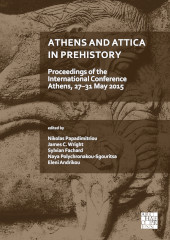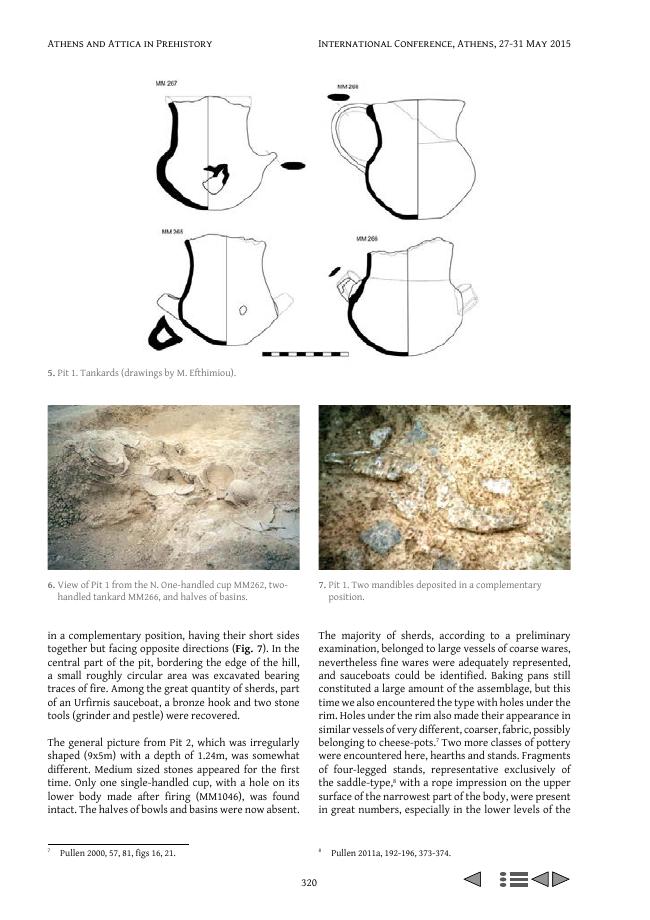2020 - Archaeopress Publishing
eBook
Digital Version
Herunterladen | Kopieren/Einfügen | Drucken
Athens and Attica in Prehistory : Proceedings of the International Conference, Athens, 27-31 May 2015
698 p.
- The numerous rescue excavations conducted in Athens and Attica by the Archaeological Service during and after the major construction projects of the 2004 Olympic Games brought to light significant new prehistoric finds which have transformed our understanding of the region in prehistory. However, despite their importance, the new discoveries had remained mostly unnoticed by the international community, as the results were scattered in various publications, and no synthesis was ever attempted. The goal of the 2015 international conference Athens and Attica in Prehistory, which was organized by the American School of Classical Studies at Athens, the University of Athens (Department of Archaeology and History of Art), the Museum of Cycladic Art and the Ephorate of Antiquites of East Attica (Hellenic Ministry of Culture) was to gather scholars working in the region and present for the first time a survey of Attic prehistory which would include the most recent discoveries and integrate over a century of scholarshi
- p. The 668- page conference proceedings include over 66 papers in Greek and English with sections dedicated to topography, the palaeo-environment, the Neolithic, the Chalcolithic transition, the Early Bronze Age, the Middle and Late Bronze Age, as well as the contacts between Attica and its neighbouring regions. A series of new detailed maps, derived from an exhaustive GIS-related database, provide the most up to date topographical and archaeological survey of Prehistoric Attica. Athens and Attica in Prehistory provides the most complete overview of the region from the Neolithic to the end of the Late Bronze Age. Its importance goes beyond the field of Aegean prehistory, as it paves the way for a new understanding of Attica in the Early Iron Age and indirectly throws new light on the origins of what will later become the polis of the Athenians. [Publisher's text].
- Illustrated throughout in colour and black & white.
-
Informationen
ISBN: 9781789696721
THEMENBEREICHE



